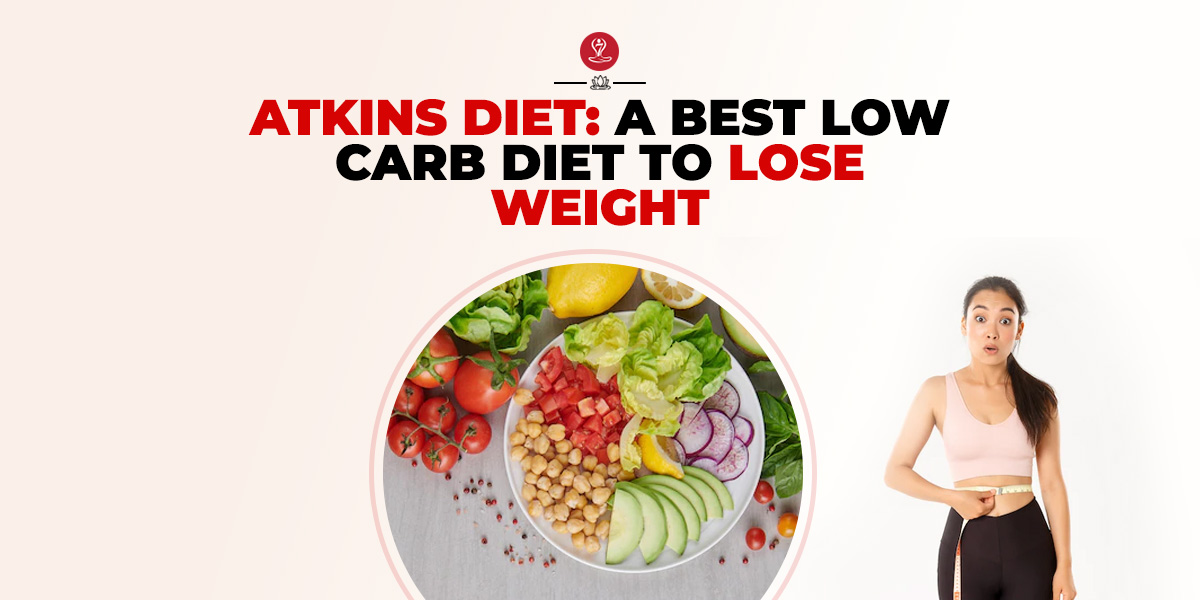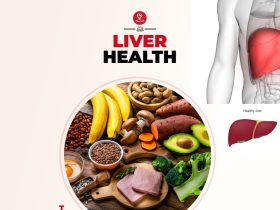
The Atkins diet was originally created by Dr. Robert C. Atkins, a cardiologist. He first wrote about the Atkins diet plan in 1972 in his book “The New Diet Revelation“, one of the best-selling books worldwide.
This diet is designed in such a way that you can lose weight by taking carbohydrates in limited quantities and on the other hand you can eat as much protein and fat as you want. Although this claim is surrounded by controversy, the diet plan has given better results in many cases and can lead to various health improvements.
However, the diet was initially considered unhealthy due to the high saturated fat content. Today, the effect of saturated fat on heart disease has made it popular.
The Atkins diet increases your intake of saturated fat, so it’s important to talk to your doctor before starting it.
What Is The Atkins Diet?
The Atkins Diet or Atkins 20 is a popular low-carbohydrate eating plan created by Dr. Robert C. Atkins for his patients. This diet plan restricts carbs, emphasizing the consumption of a lot of protein, healthy fats, and complex carbs (vegetables and fruits). The purpose of the diet is to change your eating habits to lose weight and not allow it to increase.
It is touted as a healthy lifelong approach to eating, whether you want to lose weight, increase your energy levels or improve certain health problems, such as high blood pressure or metabolic syndrome.
It is touted as a healthy lifelong approach to eating, whether you want to lose weight, increase your energy levels or improve certain health problems, such as high blood pressure or metabolic syndrome.
The main focus of the Atkins diet is the right balance of carbohydrates, proteins, and fats for weight and health. This diet does not require calorie counting or portion control. All you need to do is eliminate all sources of simple carbs/sugars.
Over time the diet helps you identify your individual carbohydrate tolerance, and the number of net carbs you can eat each day without gaining or losing weight. It claims that exercise is not the key to losing weight. However, it acknowledges that exercise can help maintain weight, as well as other health benefits.
Potential Health Benefits of the Atkins Diet
Here are some potential benefits of following the Atkins diet:
- Weight loss: One of the main benefits of the Atkins diet is weight loss. By limiting carbohydrate intake, the body enters a state of ketosis, in which it burns fat for energy. This can lead to rapid weight loss in the short term, although long-term weight loss is dependent on maintaining a calorie deficit.
- Improved blood sugar control: The Atkins diet may help improve blood sugar control, especially for people with type 2 diabetes. By limiting carbohydrates, the diet can help regulate blood sugar levels and reduce the need for insulin.
- Reduced inflammation: The Atkins diet has been shown to reduce inflammation in the body, which may have benefits for people with inflammatory conditions such as arthritis.
- Increased satiety: High-fat foods can be more filling than high-carbohydrate foods, which can help reduce hunger and promote feelings of fullness.
- Improved cholesterol levels: While the Atkins diet is high in fat, it tends to improve cholesterol levels by increasing levels of “good” HDL cholesterol and reducing levels of “bad” LDL cholesterol.
The Atkins diet is a 4-phase plan
The Atkins Diet is divided into 4 different phases. Depending on your weight loss goal, you can start with any of the first three phases.
Phase 1: Induction
In this phase, you have to eliminate carbohydrates almost completely from your diet and get only 20 grams of carbs per day for 2 weeks and that too only from low carb vegetables like leafy greens.
You should include protein like cheese, fish, shellfish, meat, and eggs in every diet during this phase. Apart from this, there is no need to stay away from oils and fats, but you can not consume mostly fruits, sugary foods, bread, pasta, cereals, alcohol, etc.
You’ll need to stay in this phase for at least two weeks, or whatever your weight loss goal is.
Phase 2: Ongoing weight loss
At least 12 to 15 grams of carbs should be consumed in this phase of the Atkins diet. You should also avoid consuming foods with added sugar. When you start losing weight gradually, you can consume some nutritious carbs like berries, nuts, and seeds. You stay in this phase until you are 4.5 kg away from your target weight.
Phase 3: Pre maintenance
In this phase, you can gradually increase your intake of foods, such as lentils and beans, fruits, starchy vegetables, and whole grains. You can include 10 grams of carbs in your diet every week. Stay in this phase until you reach your target weight.
Phase 4: Lifetime maintenance
When you reach your target weight, you enter this phase. In this phase, you should start adding a wide range of carb sources.
Special Notes
It’s important to note that the Atkins diet may not be appropriate for everyone, and it can be difficult to follow in the long term. It’s important to consult with a healthcare professional before starting any new diet or making major changes to your eating habits
Conclusion
In addition to short-term weight loss, the Atkins diet may also help improve certain health conditions, including metabolic syndrome, diabetes, and high blood pressure.
RELATED ARTICLES
Sep 24, 2024
The Ultimate Guide to Foods That Support Liver Health
A balanced diet that includes nutrient-rich foods and avoids fried or highly salty foods is extremely helpful in maintaining liver[...]
Sep 11, 2024
Cayenne Pepper: A Spice with Surprising Health Benefits
Cayenne pepper has been used for medicinal purposes for centuries, and it has been extremely important not only as a[...]
Sep 06, 2024
Okra Water: The Surprising Super Drink You Didn’t Know!
The wellness world has always been full of questionable and bizarre trends, and the rise of TikTok has only spread[...]
RECENT POSTS
Disclaimer
The content is purely informative and educational in nature and should not be construed as medical advice. Please use the content only in consultation with an appropriate certified medical or healthcare professional







